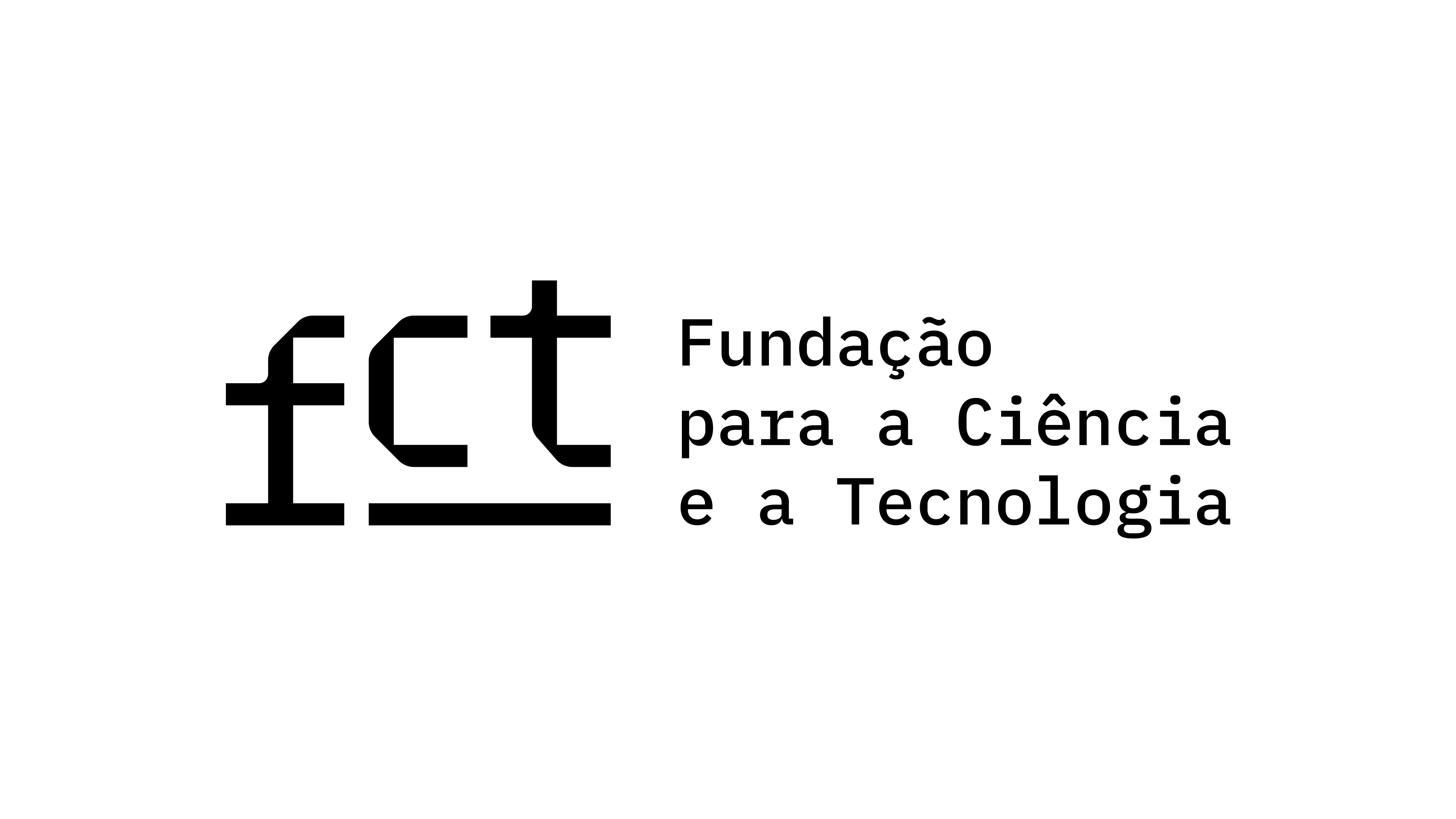Técnicas Cinematográficas e Actos Mentais: “The Photoplay” de Hugo Münsterberg
Keywords:
Aesthetics, Analogy, Mind, Objectivation, PerceptionAbstract
This paper analyses Münsterberg’s The Photoplay in the light of the relation between mind and film, aiming to clarify the parallel between mental acts and cinematographic techniques such as it is drawn by the author. It criticises the interpretation of this relation as an “analogy,” stressing that the term used by Münsterberg to characterize this relation is not “analogy”, but “objectivation”. In this context, it is argued that in determining what the “objectivation” of mental processes in cinematographic techniques in The Photoplay means, the principal aim of the book should be remembered: the defense of the aesthetic character of film. In conclusion, Münsterberg’s goal is not, as suggested by Noël Carroll, to elucidate the function of cinematographic techniques through an analogy with mental processes, but to show that the distinctive aesthetics of film relies on the production of the perception of a world structured by mental acts.





